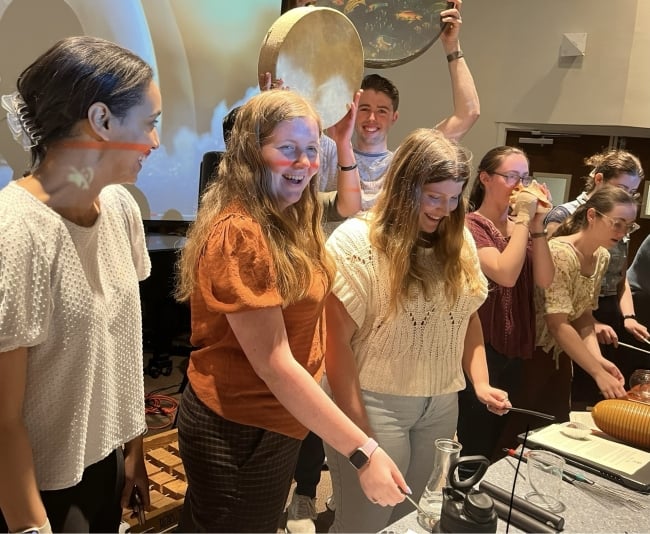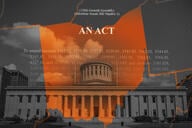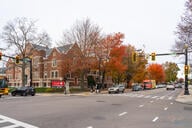You have /5 articles left.
Sign up for a free account or log in.

Students in the Sounds of Science honors colloquium prepare for their end-of-semester recital. From left: Faith Jolley, Olivia Furr, Drew Bucher, Mary Clemons, Sarah Owens, Kelsey Rainey and Bradie McCarty.
Rita Barnes/Tennessee Tech
When listening to or creating music, few people think about states of matter or chemical reactions. But a new honors colloquium at Tennessee Tech asks students to consider the relationship between chemistry and music and how one can inform learning about the other.
The interdisciplinary course was an out-of-the-box approach to introduce students to general chemistry and music theory concepts that helped students learn differently and consider the subjects more deeply. Faculty members found the initiative created a more engaging and multisensory learning experience that can promote academic success.
The inspo: Colin Hill, director of Tech’s School of Medicine, has supported a nonprofit organization that focuses on grief by leading middle schoolers in a drum circle. During the drum circle, students can express their feelings through music, which got the gears spinning in fellow Tech professor Kathryn Rust’s head one day in 2022.
“As I reflected on the demonstration, I began to think that we could also use this to express concepts, especially in my field of chemistry,” Rust says.
Survey Says
A May 2024 survey by Inside Higher Ed and Generation Lab found 44 percent of students prefer interactive lectures to learn and retain information best, and 23 percent identified case studies as their preferred learning method. One in five students identified active learning–focused courses as helpful to their learning as well.
Rust began drawing parallels between music theory and chemistry, including the particle nature of both (notes versus atoms) and how those particles can vary and change through connections. She approached Hill to gauge his interest in collaborating on something.
“He was excited, as this was more than just using music to memorize content,” Rust explains. “I proposed using music to demonstrate concepts.” The initiative would explore concepts through auditory and kinesthetic connections between chemistry and music, rather than in a lecture format.
Another colleague suggested that the two practitioners create an honors colloquium to trial the idea with upper-division Tech honors students, which they did.
How it works: The three-hour course, titled The Sounds of Science, was broken into three sections per meeting. Instructors spent one portion on a chemistry concept, one focused on music theory and the last with a practical, active tie-in.
For example, one class introduced students to the states of matter (solid, liquid and gas) and musical periods (medieval, renaissance/baroque/romantic and contemporary).
During this class, students investigated what musical period best represents each state of matter, looking at the particle nature of matter and basic rhythms and how they could be similar. Learners also created their own rhythms to represent states of matter and how particles could represent pitches and chords.
After each class, students wrote a weekly reflection paper to develop further connections. At the end of the term, students performed in a recital open to the entire university community, showcasing an original composition that demonstrated a concept, event or person in their field of study. One student composed a piece about the destruction of coral reefs, and another demonstrated a dam breaking amid heavy rainfalls.
The impact: Student feedback highlighted how the colloquium made students think differently about concepts they had maybe otherwise glanced over or not considered deeply.
Students in the colloquium were all juniors and seniors in the honors program, but many had little to no music experience beyond middle and high school band, while all had at least some chemistry knowledge from high school or college.
In the future, Rust hopes to incorporate these concepts into a general chemistry course for first-year students to engage the entire class and make lectures more engaging.
“Since this idea is still developing, I’d like to go further in developing a collaboration with psychology and learning theory to go deeper into the understanding of how we learn,” Rust adds. “Additionally, I’d like to pursue collaboration with our accessible education office, as I see benefit for visually impaired students and students who are not neurotypical.”
Do you have an academic intervention that might help others improve student success? Tell us about it.




